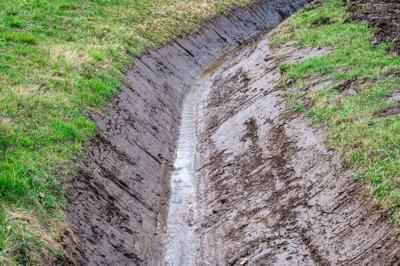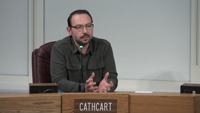(The Center Square) – A nonprofit organization advocating for the federal Columbia Basin Project that provides irrigation water to a multitude of central Washington farms is urging support of an environmental impact study that would expand the service area and mitigate depletion of an underlying aquifer.
On Tuesday, the Columbia Basin Development League issued a “call to action” regarding an announcement earlier this month that the U.S. Natural Resources Conservation Service intends to adopt a final EIS for the “Odessa Subarea Special Study.” A public comment period is open until around Dec. 8.
“CBDL requests your participation in the NRCS public commit period with needed comments in support of the NRCS adoption of the FEIS,” the development league said in its acronym-laden announcement. “A broad base of support sends a clear message about the importance of OGWRP and demonstrates that stakeholders concur with this action.”
The “OGWRP” stands for Odessa Ground Water Replacement Program, a years-long effort to address the declining underground aquifer east of Moses Lake, both north and south of Interstate 90, due to deep-well irrigation by farmers. The underlying aquifer also provides water to over a dozen communities scattered in portions of Adams, Franklin, Grant, and Lincoln counties.
Since 2005, the U.S. Bureau of Reclamation, the Washington Department of Ecology’s Office of Columbia River, and the Othello-based East Columbia Basin Irrigation District have collaborated with other supporters, including the development league, in efforts to supply water from the Columbia River to irrigate thousands of acres of high-value cropland in the Odessa Subarea.
Adoption of the environmental impact statement will streamline development of the program’s watershed plan, which would open new funding avenues for infrastructure construction. The study had analyzed the potential to replace groundwater irrigation with Columbia River surface water for up to 102,600 acres of land.
By reducing extraction from the deep wells, the aquifer can recharge naturally over time, say officials. They cite the environmental, agricultural and economic benefits of the groundwater replacement program.
There have already been other allocations toward that goal. Earlier this month, it was announced that nearly $73 million in federal and state monies had been appropriated for a trio of large-scale irrigation projects to expand the Columbia Basin Project. The funding will pay for construction of mainline canal extensions, laterals, and “buildouts” that connect water supplies to farms. Initial construction is expected to begin before next March.
Without river water, officials say the Odessa Subarea’s economic and environmental future is in jeopardy.
According to the East Columbia Basin Irrigation District, which serves much of the designated area, agricultural lands in central Washington are some of the most productive in the United States with more than 100 crops grown and an annual production value of $2.6 billion.
If farmers must convert to dryland production due to a loss of irrigation water, there will be negative economic impacts to operators, related businesses, and tax revenues paid to local, county, and state governments, said the development league.









